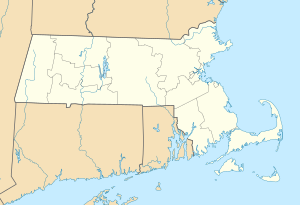
A lightvessel, or lightship, is a ship that acts as a lighthouse. They are used in waters that are too deep or otherwise unsuitable for lighthouse construction. Although some records exist of fire beacons being placed on ships in Roman times, the first modern lightvessel was off the Nore sandbank at the mouth of the River Thames in London, England, placed there by its inventor Robert Hamblin in 1734. The type has become largely obsolete; lighthouses replaced some stations as the construction techniques for lighthouses advanced, while large, automated buoys replaced others.

United States lightship Chesapeake (LS-116/WAL-538/WLV-538) is a museum ship owned by the National Park Service and on a 25-year loan to Baltimore City, and is operated by Historic Ships in Baltimore Museum in Baltimore, Maryland. A National Historic Landmark, she is one of a small number of preserved lightships. Since 1820, several lightships have served at the Chesapeake lightship station and have been called Chesapeake. Lightships were initially lettered in the early 1800s, but then numbered as they were often moved from one light station to another. The name painted on the side of lightships was the short name of the Light Station they were assigned to and was the daytime visual aspect of the many Aids to Navigation on board lightships. The United States Coast Guard assigned new hull numbers to all lightships still in service in April 1950. After that date, Light Ship 116 was then known by the new Coast Guard Hull number: WAL-538. In January 1965 the Coast Guard further modified all lightship hull designations from WAL to WLV, so Chesapeake became WLV-538.
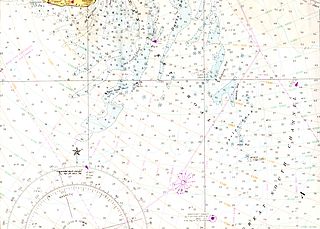
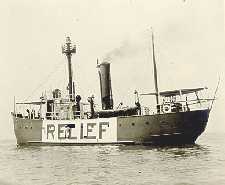
The United States lightship Huron (LV-103) is a lightvessel that was launched in 1920. She is now a museum ship moored in Pine Grove Park, Port Huron, St. Clair County, Michigan.

United States lightship Columbia (WLV-604) is a lightship located in Astoria, Oregon, United States of America. Columbia was formerly moored near the mouth of the Columbia River.

Light Vessel Number 83 (LV-83) Swiftsure is a lightship and museum ship owned by Northwest Seaport in Seattle, Washington. Launched in 1904 at Camden, New Jersey and in active service until 1960 after serving on all five of the American west coast's lightship stations, it is the oldest surviving lightship in the United States, the only one still fitted with its original steam engine, and the last lightship with wooden decks. LV-83 was designated a National Historic Landmark in 1989, and has been undergoing major restoration since 2008.
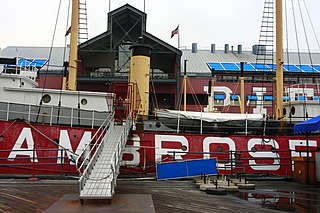
Lightship Ambrose was the name given to multiple lightships that served as the sentinel beacon marking Ambrose Channel, New York Harbor's main shipping channel.

United States Lightship 101, now known as Portsmouth as a museum ship, was first stationed at Cape Charles, Virginia. Today she is at the Portsmouth Naval Shipyard Museum in Portsmouth, Virginia. Portsmouth never had a lightship station; however, when the vessel was dry docked there as a museum, she took on the pseudonym Portsmouth. A National Historic Landmark, she is one of a small number of surviving lightships.

United States lightship Nantucket (LV-112) is a National Historic Landmark lightship that served at the Lightship Nantucket position. She was the last serving lightship and at time of its application as a landmark, one of only two capable of moving under their own power. She served as the lightship for such notable vessels as the liners United States, Queen Mary, and Normandie.
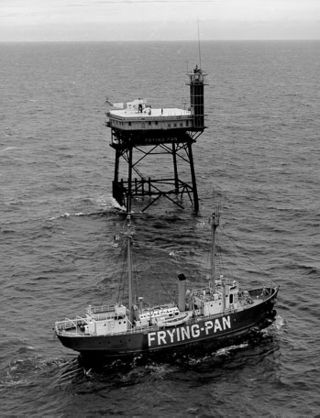
Frying Pan (LV-115) is a lightvessel moored at Pier 66a in the Chelsea neighborhood of Manhattan in New York City. It served at Frying Pan Shoals, off Cape Fear in North Carolina, for over 30 years.
The Nantucket Lightship LV58 was a lightvessel of the United States Lighthouse Board from 1894 to 1905. During those years, she primarily served the coast of Fire Island in New York and the Nantucket Shoals, though she was a relief vessel and served as needed in other locations off the northeast coast as well. From 1898 to her sinking in 1905, she was occasionally used as a lighthouse tender.
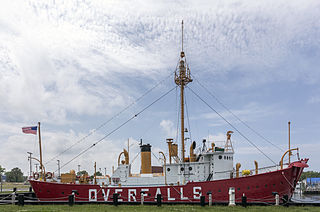
Lightship Overfalls (LV-118) was the last lightvessel constructed for the United States Lighthouse Service before the Service became part of the United States Coast Guard. She is currently preserved in Lewes, Delaware as a museum ship.
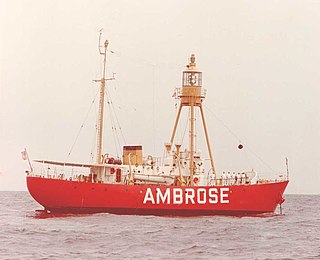
The United States Lightship WLV-613 was a lightvessel commissioned in 1952 that became the last lightship to mark the Ambrose Channel. She was replaced by a Texas Tower lightstation on 24 August 1967.
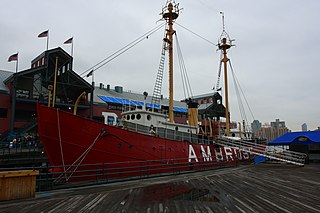
The United States Lightship LV-87/WAL-512 (Ambrose) is a riveted steel lightship built in 1907 and served at the Ambrose Channel lightship station from December 1, 1908, until 1932, and in other posts until her decommissioning in 1966. It is one of a small number of preserved American lightships, and now serves as a museum ship at the South Street Seaport Museum in southern Manhattan, New York City.

Diamond Shoal Lightship No. 71 (LV-71) was a lightship of the United States Lighthouse Service. She is most remembered for her sinking in 1918 during World War I when a German U-boat attacked her off North Carolina. Her shipwrecked remains were listed on the National Register of Historic Places in 2015.
USC&GS Drift was a United States Coast Survey schooner built in 1876 specifically to anchor in offshore waters to undertake current measurements. She was transferred to the United States Lighthouse Board on May 20, 1893 to become the lightship Light Vessel # 97 or (LV-97) on the Bush Bluff station until retirement and sale in 1918 to become the W. J. Townsend which was scrapped in 1945.

Albina Engine & Machine Works was a shipyard along the Willamette River in Portland, Oregon, United States. It was located in the Albina area of Portland along N. River Street and N. Loring Street. Albina Engine & Machine Works was founded in 1904. The shipyard produced a number of freighters during World War I, but operated mainly as a repair yard during the 1920s and 1930s. The Albina yard expanded its workforce and production during Portland's World War II shipbuilding boom. It specialized in producing subchasers, vessels designed to combat German U-boats. Albina Engine & Machine Works also built Landing Craft Support boats and cargo ships. Business declined in the post-war years, and Albina Engine & Machine Works was sold to the Dillingham Corporation around 1971.
United States lightship No. 113, known as Swiftsure, was a steel-hulled lightship in commission with the United States Lighthouse Service as LV-113 from 1929 to 1939, and in the fleet of the United States Coast Guard as WAL-535 from 1939 until 1968. During World War II, she was given the designation USS YP-397.

